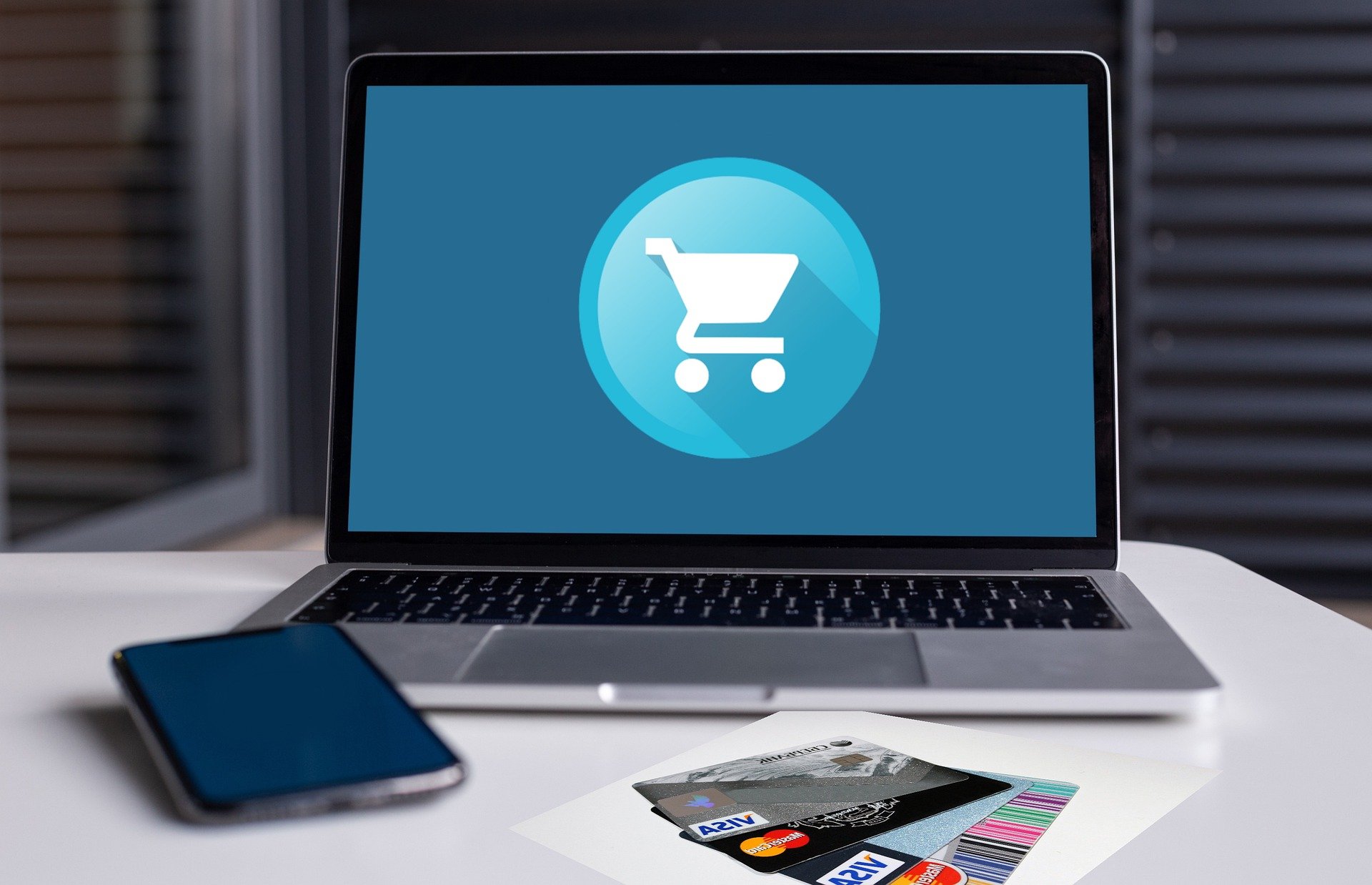Team eCommerce Next interviewed Ms.Diony McPherson, co-founder of Paperform to get more insights on its operations and COVID impact. Following is our interview with her:
Tell us about the genesis of Paperform.
We launched Paperform in 2016 because there was a glaring gap in the market for forms that are powerful, can take payments, and represent the owner’s brand. Our family and friends came to Dean frequently to have forms built, and they were missing these capabilities, so the problem we were solving was clear from the start. We launched with an MVP late 2016 and got a high quality but simple core product into users’ hands as soon as we had a chance. From there we’ve worked closely with our customers to build out the product into something that is much more powerful but retains the clean, easy-use feel that we started out with.
We have customers from a wide range of industries, many of whom need to sell products or services. We enable them to let their brand shine through on their forms so they can engage their customers and sales live, on the spot. Our Calculation, Pricing, and Appointment fields mean you can calculate how many hours or how much of something you’ll need to get the job done, instantly generate a total price based on the selection, and immediately take payment. We also allow for Products with rich images and stock management on the form. We’ve now facilitated over $30M USD worth of sales for our customers, and we’re proud of it.
What makes Paperform different from other No-Code and form-building platforms?
Paperform is first and foremost a form builder, so we stand apart from other popular no-code platforms that are aiming at different problems like Notion, Airtable, or Bubble. But we are also more than a form builder – we allow customers to create landing pages that include rich content and capture rich data. If you need to blazon large stunning images on your form, you can. If you need to add a video, no problem. If you need to write a pitch or narrative, that’s fine too.
No-Code platforms are software that’s designed to make it possible for non-technical people to build their own technical solutions with no or very minimal code. We view ourselves as a no-code platform because we have gone the extra step to give our users as much control as possible to be able to build a wide range of solutions with our software. So while the primary use case of Paperform is to make forms, we see a wide variety in the kinds of forms that are made and other clever solutions created using Paperform.
How has COVID-19 affected Paperform and its clients?
For Paperform, we’ve seen accelerated growth because everyone is moving their operations online – sometimes up to 3 X more than we had anticipated. We’ve always been an excellent tool not just for newer tech-savvy companies, but also for some of the more traditional industries such as restaurants, photography, fitness, etc. We do a great job of facilitating businesses in moving their operations into the digital realm. As a result, we’ve seen even more traditional industries start using the product.
Most of our customers have done really well despite the global recession. However, we have seen a number of customers from industries like hospitality and travel suffer. They’ve had to essentially pause their operations for anywhere from 3 to 9 months. It’s been heartbreaking to watch. However, there is a lot of resilience in the face of all this; we’ve also seen a lot of these customers pivot their business to be primarily online in creative and clever ways!
What Paperform offerings have helped your clients quickly adjust to the new reality of the pandemic?
The beauty in Paperform is not just in the many powerful features we provide, but also in the way these can be used together to solve an infinite number of problems. This has helped because businesses can quickly translate their physical operations into an online flow that achieves the same result with ease and without physical contact.
In particular, our payment features are extremely versatile. We don’t just support taking simple payments, we also support recurring payments (including subscriptions), donations, product sales, quotes, and custom pricing rules. These can be used with Appointments (connect your calendar and book in time!), and Calculations which are basically Excel-style functions that can do crazy powerful stuff with payments.
One fantastic use-case I recently encountered was a New York-based butcher selling his entire offering using a Paperform form, complete with product images, with the optional charge of butchering certain cuts, and then booking a delivery date before taking payment. He then auto-sent a confirmation email upon submission, including a receipt and order summary. That’s what we do – we facilitate entire business flows online that simplify trade.
Tell us about your COVID-19 financial relief program.
We struggled watching some of our customers take a severe hit when COVID first shut everything down, and we knew we had to do something to help out. We started a COVID-19 Relief program which provides 3 months free use of Paperform to those who apply for assistance and are from heavily impacted industries.
We’re still a small company, so we can’t help everyone, but we’ll do our darndest to assist those who need it most. It’s important for us to give back, and also as a Team to be reminded that increased growth and sales are a privilege that our industry has benefited from. We want to remain grateful for what we have, and we do that by helping others. We’ve been blown away by people’s resilience, and their sheer will in pushing through this time.
How does Paperform help its clients both large and small pivot to online sales?
In the past, most traditional businesses literally built their brand with physical stores or offices – visitors would see your offering and brand through window displays or neon signs before stepping in, engaging, and offering up their information or making a purchase. As more businesses move their presence online, that process is switched on its head. There’s no guarantee someone will land on your website homepage and fully engage with your brand before they encounter your form.
This means that forms can’t be purely administrational – they must be placed within a context; and not just the immediate context of the form’s purpose, but also a brand’s general context. If you want people to trust you enough to engage, to give up information, to believe in the quality of your product and buy it, you have to let your brand shine through. When you create forms that are part of your wider narrative and that are compelling, you’ll see results. That’s our mission at Paperform, to democratize digital creation, and to help businesses of any size pivot to online sales.
What guidance does Paperform provide its clients when using its product?
We’re a product-led, bootstrapped company. We wouldn’t be where we are today unless we prioritised high-quality support alongside our product, so we offer live support for most of the day and an extremely fast response when we’re not live. Our support team is trained to be concierges of sorts that will make an effort to understand your use-case and advise on the best solution you can create using Paperform.
We’ve also just launched a new help centre which is extremely helpful and provides resources such as templates, complete apps for key industry use-cases (these are entire flows of actions: forms, suggested integrations, payment advice, etc.), tutorial videos, and more.
What was behind the decision to bootstrap vs seeking outside funding?
For us, a key validation that the business was succeeding was the ability to be financially self-sufficient. We fronted a small amount of cash ourselves (approx $5K), and then we worked hard to generate revenue and then progressively built a budget as we grew. A sustainable business is very important to us, it’s a measure of success.
I was adamant from day one that we weren’t going to delude ourselves into thinking that everything was going well simply because we raised. When starting a business like ours (almost zero overheads to start), raised capital only validates that your idea is a good one in theory with no guarantee that you’ll see a return; cash from customers validates not only that your product is solving a real problem, but more importantly, forces you to get into the rhythm of running a business very early on. Having revenue from when we launched means we have insights into trends from day dot. That’s invaluable.
We also didn’t want the weight of numerous stakeholders on our decision making. Once you raise, you feel the pressure of making someone else happy. They could be incredibly overbearing or super low-maintenance, but either way, it’s an ever-present consideration in decision making. We wanted to back ourselves in vision, and we felt we needed to bootstrap to do that. Now that we are established, it’s something that we might consider, but we have no current plans to raise. We’d need a clear idea of how to spend it and build sustainability into long-term growth.
About Diony
Husband-and-wife duo Dean & Diony McPherson launched the first version of the Paperform product in December 2016. At the time, they were thinking of starting a family and wanted it all: A satisfying career while working from home, to be able to see their kids more than a few hours a day, and to afford a place to live in Sydney. While Paperform was meant to remain a humble lifestyle business, three years, two babies, and eight hires later, Paperform is growing from strength to strength.
About Paperform
Paperform is a creation tool that allows anyone to create branded online forms, landing pages, applications, registrations, e-commerce stores and more. It is used by over 6000 businesses worldwide, including Zapier, The World Bank, AppSumo & WooRank.





















